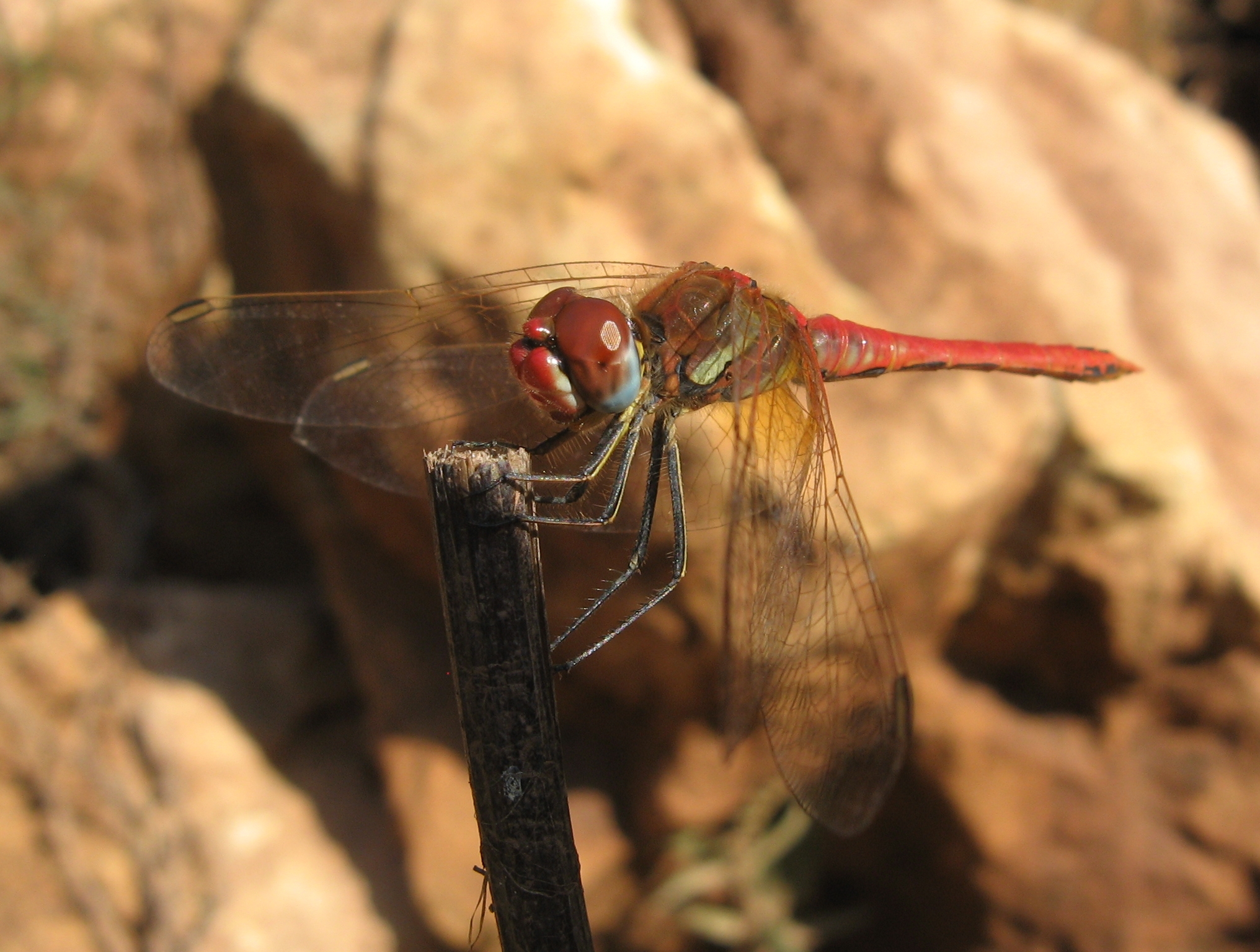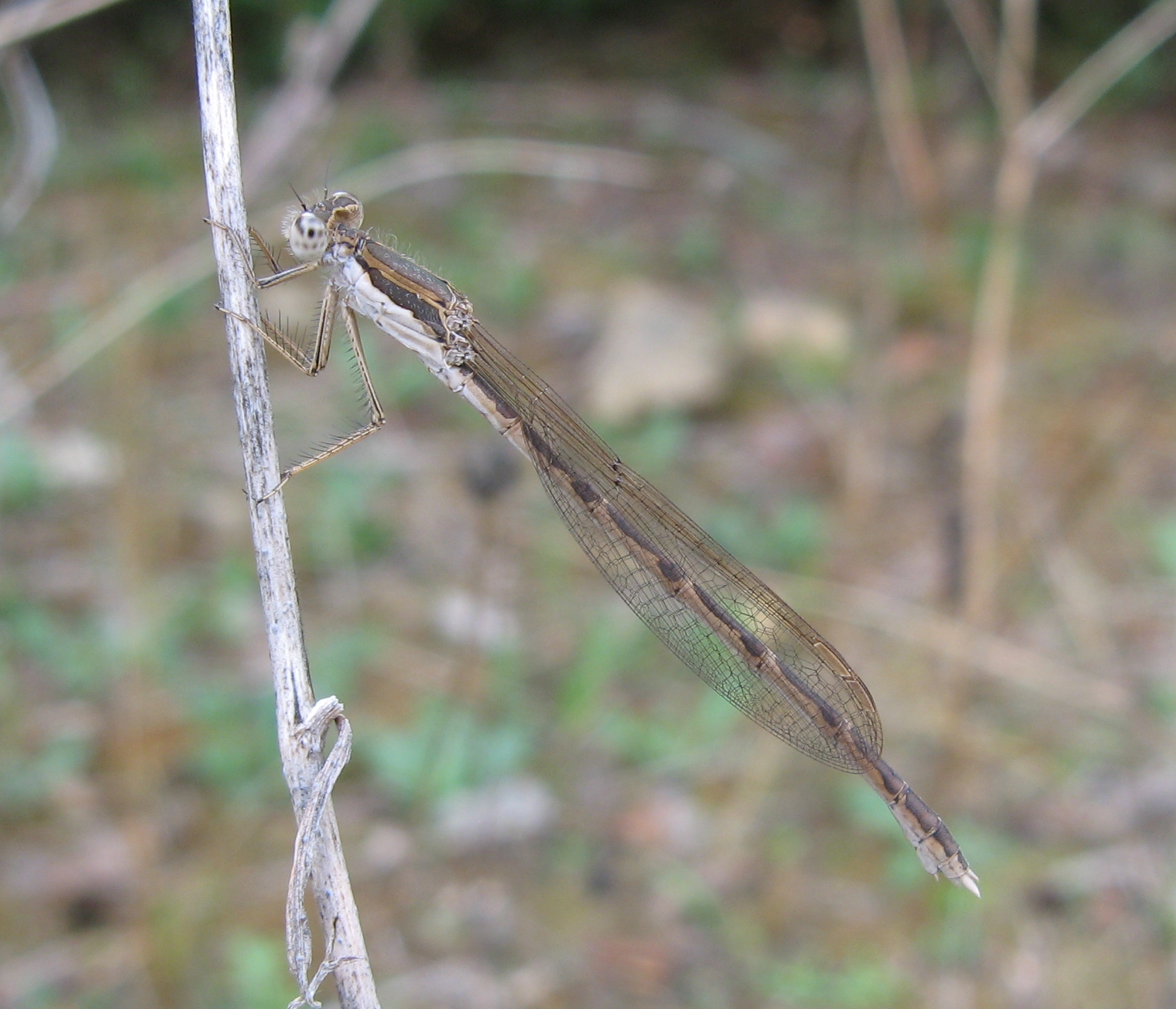List of dragonflies of Menorca on:
[Wikipedia]
[Google]
[Amazon]

 Family
Family
 Family
Family
Images of the wildlife of Menorca
Fauna of the Balearic Islands Environment of Menorca Dragonflies, Menorca
Menorca
Menorca or Minorca (from la, Insula Minor, , smaller island, later ''Minorica'') is one of the Balearic Islands located in the Mediterranean Sea belonging to Spain. Its name derives from its size, contrasting it with nearby Majorca. Its capi ...
is a small island in the Mediterranean Sea
The Mediterranean Sea is a sea connected to the Atlantic Ocean, surrounded by the Mediterranean Basin and almost completely enclosed by land: on the north by Western and Southern Europe and Anatolia, on the south by North Africa, and on the ...
belonging to Spain
, image_flag = Bandera de España.svg
, image_coat = Escudo de España (mazonado).svg
, national_motto = ''Plus ultra'' (Latin)(English: "Further Beyond")
, national_anthem = (English: "Royal March")
, i ...
. Along with Majorca, Ibiza, and Formentera it is part of the Balearic Islands. It has a population of approximately 88,000. It is located 39°47' to 40°00'N, 3°52' to 4°24'E. It is a dry island without many wetlands or river systems; many of the wetlands in Menorca were drained to provide agricultural land. Despite this dragonflies are abundant on Menorca and in summer any pool of water will be alive with them. The best months to see dragonflies are May to September.
The taxonomy follows that of Dijkstra, K-D.B & Lewington, R. (2006).
Suborder Zygoptera (damselflies)
Calopterygidae
The Calopterygidae are a family of damselflies, in the suborder Zygoptera.
They are commonly known as the broad-winged damselflies, demoiselles, or jewelwings. These rather large damselflies have wingspans of 50–80 mm (compared to about 44 ...
(demoiselles)
*'' Calopteryx haemorrhoidalis'', copper demoiselle - locally abundant in the right habitat
Family Lestidae
The Lestidae are a rather small family of cosmopolitan, large-sized, slender damselflies,
known commonly as the spreadwings or spread-winged damselflies.
Characteristics
While most damselflies rest with their wings folded together, most member ...
(emerald damselflies or spreadwings)
*'' Sympecma fusca'', winter damselfly - can be found in the winter months as ''S. fusca'' overwinters as an adult.
*''Lestes viridis
''Chalcolestes viridis'', formerly ''Lestes viridis'', is a damselfly of the family Lestidae. It has a metallic green body and at rest it holds its wings away from its body. Its common name is the willow emerald damselfly, the green emerald damse ...
'' (''Chalcolestes viridis
''Chalcolestes viridis'', formerly ''Lestes viridis'', is a damselfly of the family Lestidae. It has a metallic green body and at rest it holds its wings away from its body. Its common name is the willow emerald damselfly, the green emerald damse ...
''), willow emerald damselfly - locally abundant
*''Lestes barbarus
''Lestes barbarus'' is a species of damselfly of the family Lestidae, the spreadwings. Its common names in English include southern emerald damselfly, shy emerald damselfly, and migrant spreadwing.Clausnitzer, V. 2009''Lestes barbarus''.The IUC ...
'', southern emerald damselfly - scarce
Family Coenagrionidae
The insect family Coenagrionidae is placed in the order Odonata and the suborder Zygoptera.
The Zygoptera are the damselflies, which although less known than the dragonflies, are no less common. More than 1,300 species are in this family, making ...
(blue, blue-tailed and red damselflies)
*'' Ischnura elegans'', blue-tailed damselfly - common all over the island.
*''Ceriagrion tenellum
The small red damselfly (''Ceriagrion tenellum'') is a small damselfly flying in heathland bogs and streams. It is in the family Coenagrionidae.
Identification
''Ceriagrion tenellum'' is only long. It is a lot shorter than the large red damself ...
'', small red damselfly - local
*''Coenagrion caerulescens
''Coenagrion'' is a genus of damselflies in the family Coenagrionidae,
commonly called the Eurasian Bluets (although three species are found in North America: '' Coenagrion angulatum'', '' Coenagrion interrogatum'', and '' Coenagrion resolutum' ...
'', Mediterranean bluet - rare
*'' Erythromma lindenii'' ('' Cercion lindenii''), blue-eye, also called the goblet-marked damselfly.
Suborder Anisoptera (dragonflies)
Aeshnidae
The Aeshnidae, also called aeshnids, hawkers, or darners, is a family of dragonflies. The family includes the largest dragonflies found in North America and Europe and among the largest dragonflies on the planet.
Description
Common worldwide or ...
(hawkers and emperors)
*'' Aeshna affinis'', blue-eyed hawker
*'' Aeshna mixta'', migrant hawker
''A. affinis'' and ''A. mixta'' are very alike in appearance. Blue ''aeshna'' are frequently seen in late summer but there are not many positive identifications of either species on record.
*''Aeshna isoceles
''Aeshna isoceles'' is a small hawker dragonfly that is found in Europe, mostly around the Mediterranean, and the lowlands of North Africa. Its common name in English is green-eyed hawker. In Britain it is a rare and local species and is known a ...
'' often put into the genus '' Anaciaeschna'', green-eyed hawker - this species flies early in the year and is the only brown ''aeshna
''Aeshna'', or the mosaic darners, is a genus of dragonflies from the family Aeshnidae. Species within this genus are generally known as "hawkers" ( Old World) or "darners" (New World).
Description
These are relatively large dragonflies. ...
'' found on Menorca. Can be seen in the Algendar gorge.
*''Anax imperator
The emperor dragonfly or blue emperor (''Anax imperator'') is a large species of hawker dragonfly of the family Aeshnidae, averaging in length. The generic name ''Anax'' is from the ancient Greek , "lord"; the specific epithet ''imperator'' is t ...
'', emperor dragonfly also called blue emperor - common
*''Anax parthenope
''Anax parthenope'', the lesser emperor, is a dragonfly of the family Aeshnidae. It is found in Southern Europe, North Africa, Middle East and Asia.
Description
It is a crepuscular dragonfly, active in the dusk. This species can be easily disti ...
'', lesser emperor
Family Libellulidae (chasers, skimmers and darters)
*'' Libellula depressa'', broad-bodied chaser
*'' Orthetrum cancellatum'', black-tailed skimmer - fairly common
*'' Orthetrum coerulescens'', keeled skimmer - fairly common
*'' Sympetrum striolatum'', common darter - common
*''Sympetrum fonscolombii
The red-veined darter or nomad (''Sympetrum fonscolombii'') is a dragonfly of the genus ''Sympetrum''.
Taxonomy
There is genetic and behavioural evidence that ''S. fonscolombii'' is not closely related to the other members of the genus ''Sympetr ...
'', red-veined darter - common
*''crocothemis erythraea
The scarlet dragonfly (''Crocothemis erythraea'') is a species of dragonfly in the family Libellulidae. Its common names include broad scarlet, common scarlet-darter, and scarlet darter.
Status and distribution
The scarlet dragonfly is a common ...
'', scarlet dragonfly or broad scarlet - fairly common
Most darters seen in Menorca with a very red colouring are ''S. fonscolombii'' but some are ''C. erythraea'' which occurs in many of the same locations. On close observation these two species can be told apart as they have quite different body shapes. Also ''S. fonscolombii'' usually oviposits in tandem whereas female ''C. erythraea'' oviposit solo.
See also
* List of butterflies of MenorcaReferences
* Askew, R.R. (2004) The Dragonflies of Europe. (revised ed.) Harley Books. . * d'Aguilar, J., Dommanget, JL., and Prechac, R. (1986) A field guide to the Dragonflies of Britain, Europe and North Africa. Collins. . *Boudot JP., ''et al''. (2009) Atlas of the Odonata of the Mediterranean and North Africa. ''Libellula'' Supplement 9:1-256. * Dijkstra, K-D.B & Lewington, R. (2006) Field Guide to the Dragonflies of Britain and Europe. British Wildlife Publishing. {{ISBN, 0-9531399-4-8. * Ocharan, F.J., (1987) Neuvos datos sobre los odonatos de Menorca (Espana). ''Bol. R. Soc. Espanola Hist. Nat. (Biol.). 83 (1-4):155-161External links
* http://www.iberianwildlife.com/spain/dragonflies-damselflies-spain.htmImages of the wildlife of Menorca
Fauna of the Balearic Islands Environment of Menorca Dragonflies, Menorca